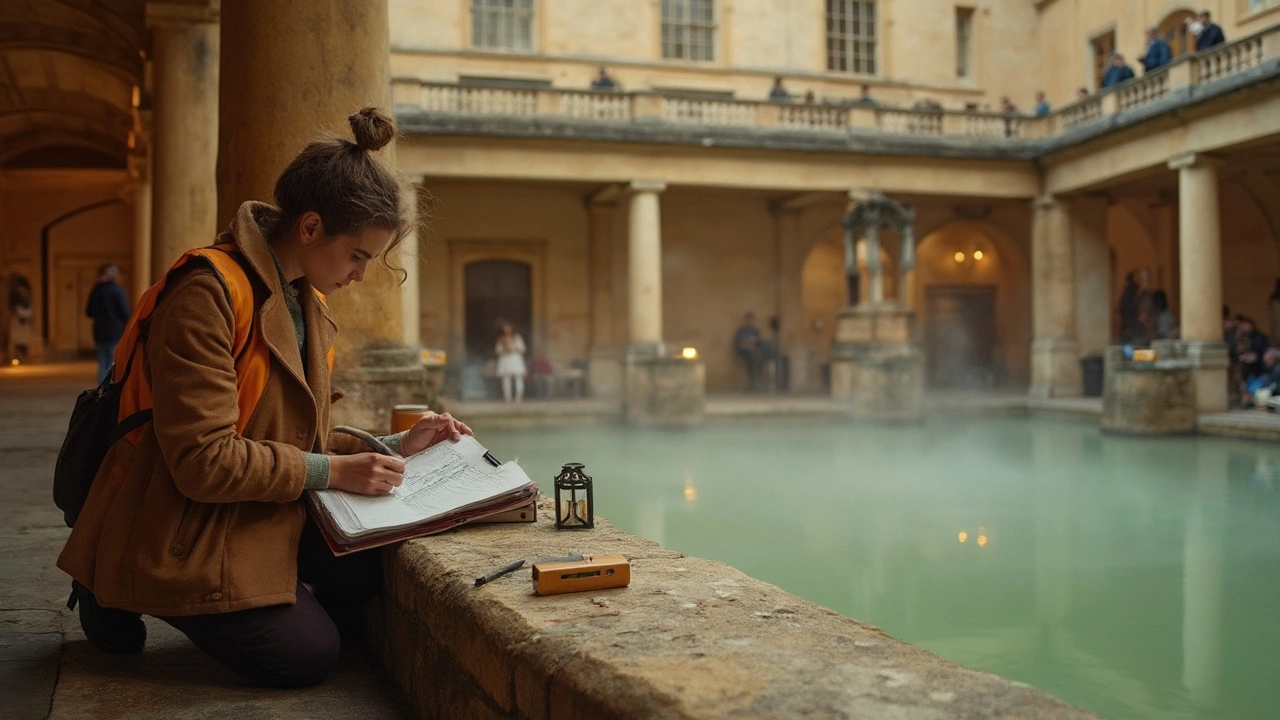Why Roman arches, concrete, and planning still set the standard. A clear guide with examples, checklists, and FAQs to read ruins and learn from Roman design.
Aqueducts: The Ancient Waterways That Still Influence Architecture
When you see a soaring stone bridge or a sleek modern skyline, you might not think about water. Yet the ancient aqueducts that carried fresh supply across valleys set many design rules we still use today. Let’s break down why these structures matter and how you can spot their impact in everyday buildings.
What Makes an Aqueduct Tick?
Aqueducts are basically gravity‑powered pipelines. Engineers built them with a gentle slope so water could flow without pumps. The key tricks were using arches for strength, concrete that hardened underwater, and careful alignment to keep the channel level over miles of terrain.
Romans perfected these ideas. The Pont du Gard in France, for example, combines three tiers of arches—each one spreading weight down to the foundation. That clever load‑distribution is why many modern bridges still rely on arch designs.
Aqueduct Influence on Modern Architecture
Today’s architects borrow aqueduct logic for both aesthetics and function. Think about glass curtain walls that mimic a clear water channel, or suspended walkways that echo the rhythmic arches of an ancient conduit.
In urban planning, the concept of moving resources efficiently without extra energy is making a comeback. Green roofs with built‑in rainwater collection act like tiny aqueducts, guiding water back into the building’s system.
If you walk through any historic district, look for vaulted ceilings and long, straight corridors—they often started as water channels that were later repurposed as roads or storage spaces. Reusing an old aqueduct for a pedestrian walkway is a popular way cities preserve heritage while adding utility.
For DIY enthusiasts, the simple principle of a slight downhill slope can help design garden irrigation systems that need no electricity. Use sturdy stones or reclaimed bricks to build mini‑arches; you’ll get both function and a touch of classical style.
Bottom line: aqueducts aren’t just relics of the past. Their engineering shortcuts—gravity flow, arch strength, durable concrete—still shape how we move water, people, and even ideas through our built environment. Next time you cross an arched bridge or see a sleek water feature, remember you’re looking at a design language that started over two thousand years ago.

